Five reasons why New York City has been hit so hard by coronavirus
New York City is one of the hardest hit places in the world by coronavirus, with its once bustling Central Park now home to a makeshift morgue to house the overflow of victims.
The city that never sleeps is now a shadow of its former self, with a once buzzing Times Square abandoned and neighbourhoods looking like ghost towns.
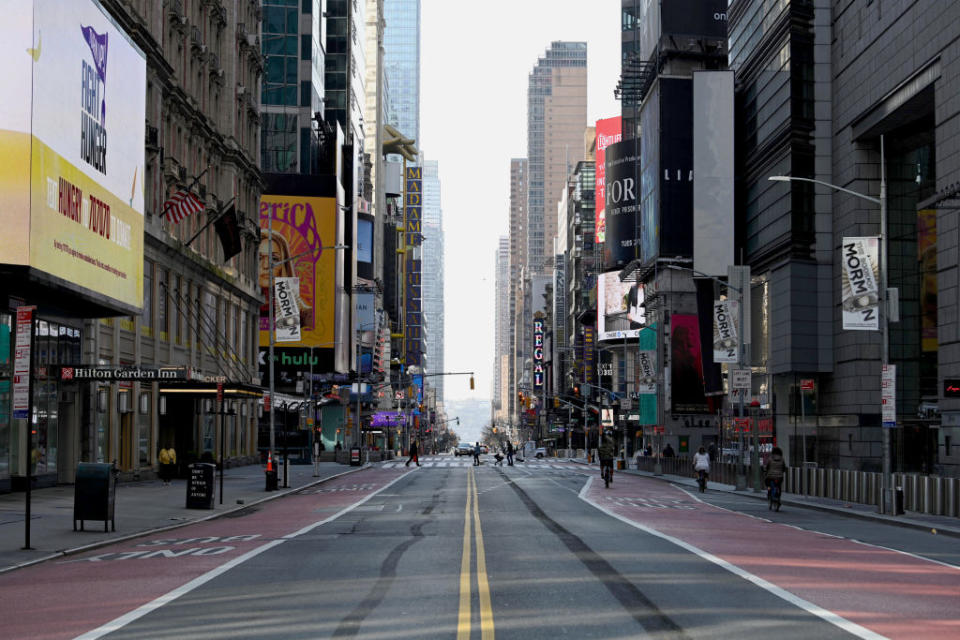
There has been more than 30,000 fatalities as a result of the coronavirus in the US, a third of that has been in New York City alone.
There are five reasons why COVID-19 is taking such a toll on the Empire City, compared to the rest of the US – now the epicentre of the infectious disease.
Tourism makes it a breeding ground
New York state has more than 200,000 confirmed COVID-19 infections – more than Europe’s worst-hit countries of Spain and Italy.
Governor Andrew Cuomo has stated repeatedly the huge number of foreign tourists visiting New York City and its density has made it an ideal breeding ground for the disease.
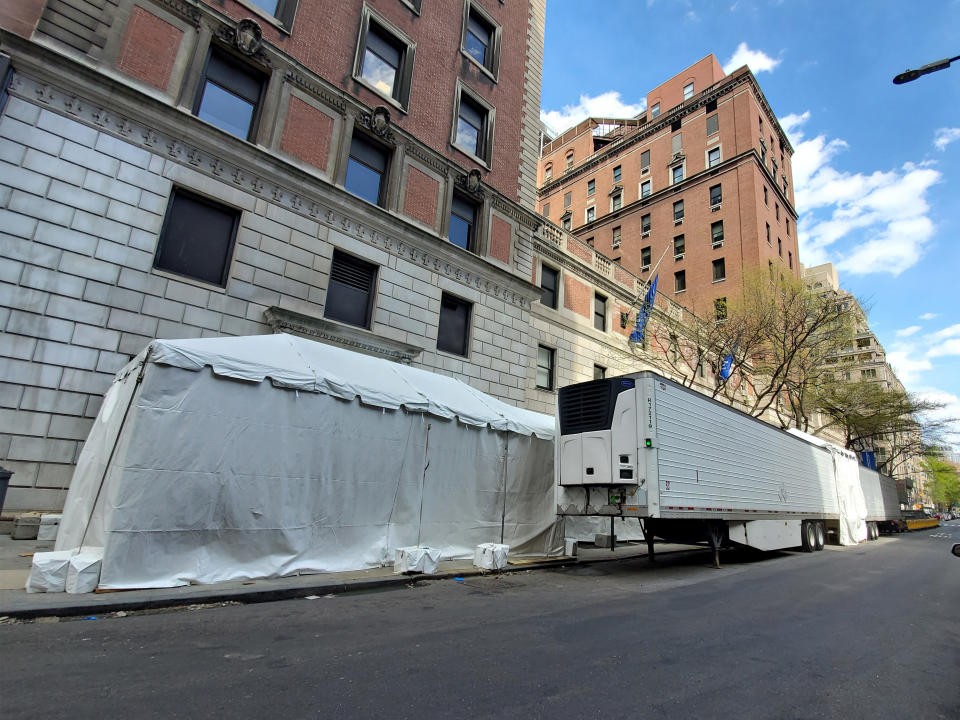
There are 8.6 million people in America’s financial capital – that’s 10,000 people per square kilometre.
Being the densest city in the US, millions of commuters rub shoulders on the busy subway system every day while others try to keep a distance on narrow footpaths.
About 60 million tourists flock to New York City each year and and it is the entry point to the US for many travellers, meaning anyone carrying the virus is likely to start infecting others there first.
American geneticists estimate that it started spreading there from Europe in February, before New York's first confirmed case on March 1.
Officials underestimated the risk
Governor Cuomo touted the US as having the best healthcare system “on the planet”.
On March 2, as New York state's second case was confirmed in New Rochelle, just north of New York City, the governor said they did not think it was going to be as bad as it was in other countries. He was wrong.
It wasn’t until March 16 and after much hesitation that New York City Mayor Bill de Blasio closed public schools, bars and restaurants.
The governor then announced all non-essential businesses would close, and on March 22 said residents had to stay home.
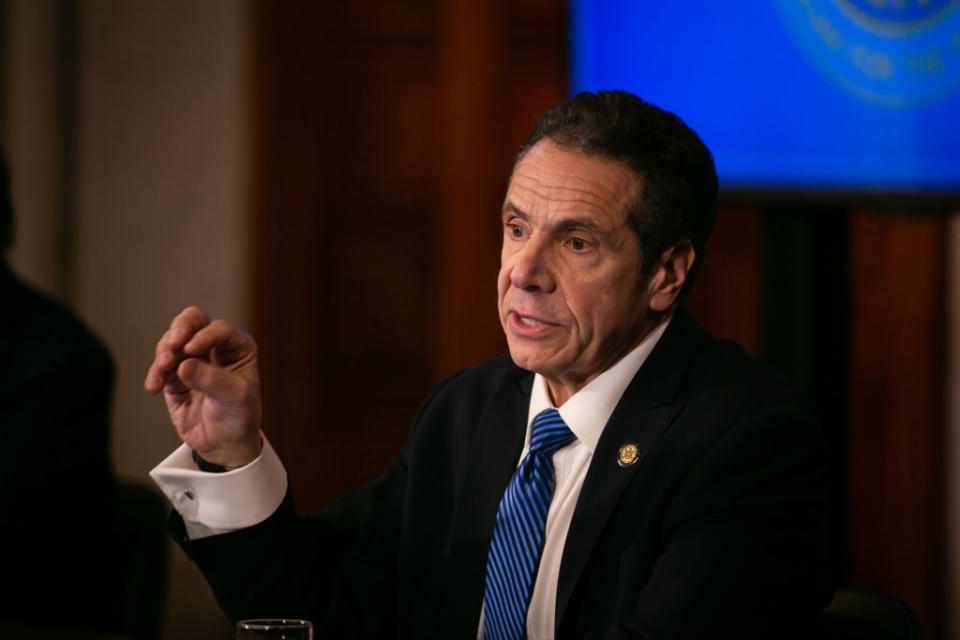
But there has been debate over whether the actions were too little too late.
“The mayor and the governor were being pushed and pulled by two opposing forces,” Irwin Redlener, public health professor and expert in disaster preparedness at Columbia University, said.
"One was saying we have to close schools and restaurants as quickly as possible, the other saying there were lots of economic and social consequences of shutting down everything early.
"Everyone was getting mixed messages, including from the federal government, from (President Donald) Trump.”
Social distancing ‘impossible’ for New Yorkers
The Centers for Disease Control and Prevention says that people should stay two metres apart, but that is proving impossible on New York City’s public transport despite the number of commuters dramatically decreasing.
Passengers on jam-packed trains and buses aren’t always guaranteed even just 15 centimetres of space around them.
“Everybody is very scared,” Shaderra Armstead, a health care clinic receptionist who rides the subway to work, said.
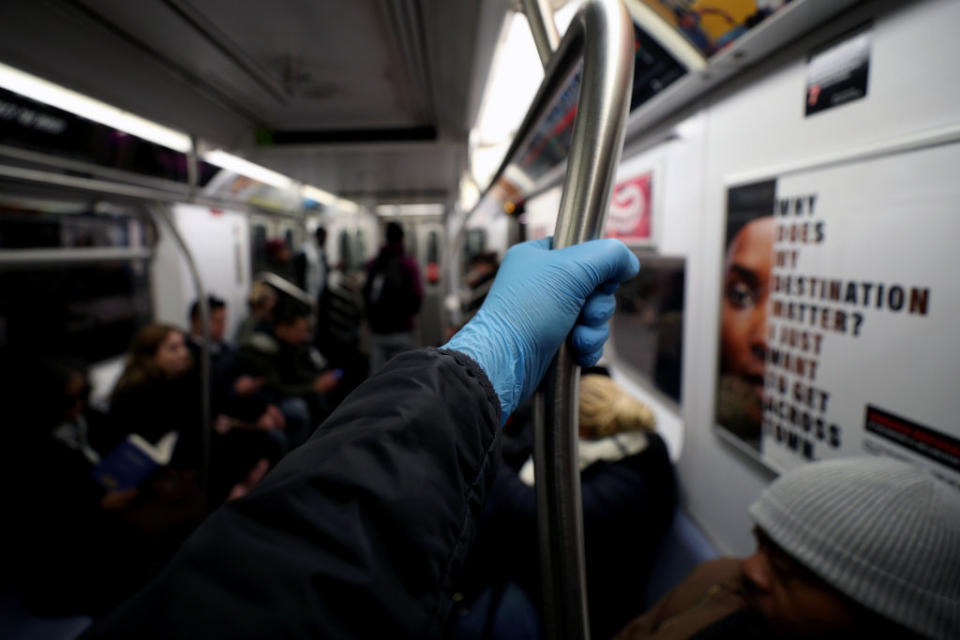
“They’re trying to keep their distance from each other, but it’s impossible.”
“It makes me not want to go on the train at all.
“I’m nervous every day, but I still have to go.”
Riders on some trains in Brooklyn and Queens this week sat or stood in some cars within a few centimetres of one another, some with their faces uncovered, while keeping their distance from homeless people camped out.
More New Yorkers tested for COVID-19
New York has been doing more testing than anywhere else in the country, causing its coronavirus numbers to skew higher.
According to a database measuring the number of tests in each American state, New York has double that of states with higher populations, such as California, Texas and Florida.
Data from The COVID Tracking Project reveals there has been a total of 526,012 tests in New York alone.
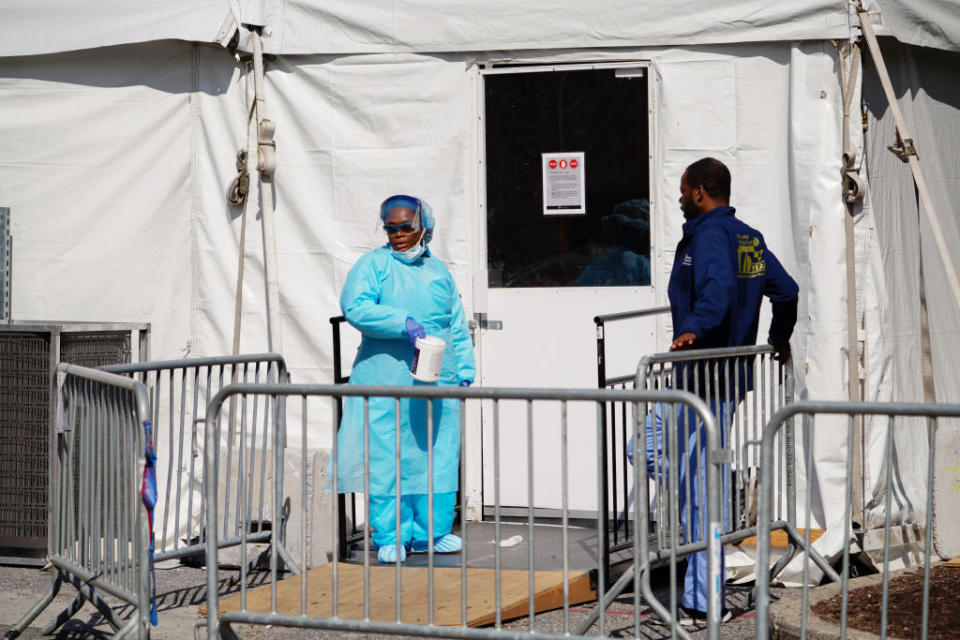
In Florida, there have been 213,509 tests, and 151,810 in Texas. Meanwhile California has recorded 216,486 tests, both positive and negative.
Other populated states such as Illinois and Pennsylvania have recorded 116,929 and 137,584 tests respectively.
New York City’s racial disparities
The Big Apple’s death toll has been disproportionately high in black and Hispanic communities.
Mayor de Blasio said they were seeing people who had struggled before hit particularly hard by the virus outbreak.
The Associated Press reports that preliminary data indicates black people account for 28 per cent of the city’s COVID-19 death toll, even though they are just 22 per cent of the city’s population.
Hispanic people account for 34 per cent of the city’s virus death toll and 29 per cent of its population
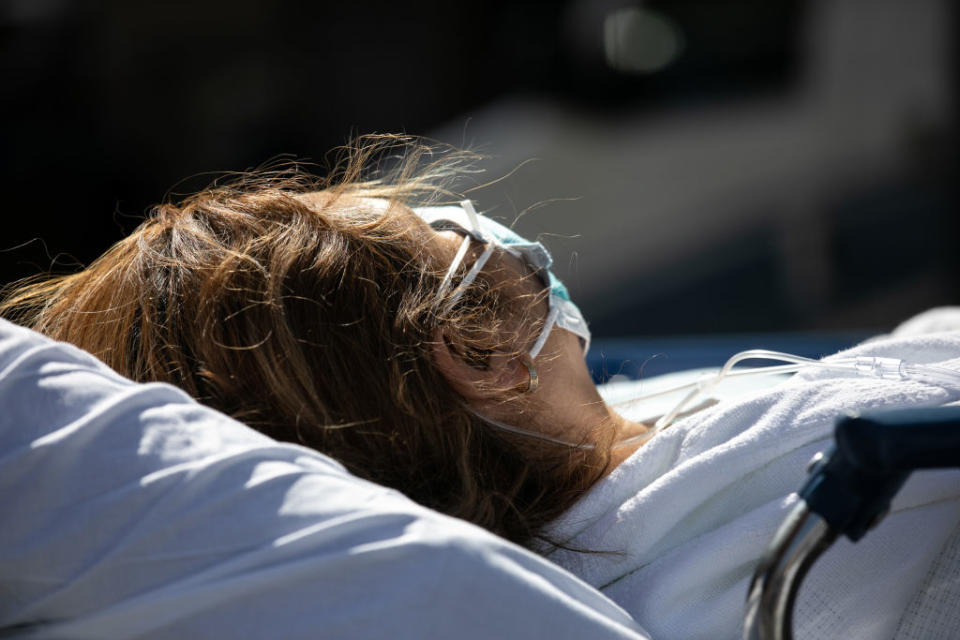
Dr Oxiris Barbot, New York City’s health commissioner, noted that the communities that have been hit the hardest by the virus “have had higher rates of underlying chronic illness” than other New Yorkers.
Overcrowded, deprived areas – particularly in the Bronx and Queens, where many people already suffer health problems and lack medical care – have experienced the highest rate of infections.
"New York City had all the preconditions that would support the idea that it was going to be hit very hard," Dr Redlener said.
With AP and AFP
Do you have a story tip? Email: newsroomau@yahoonews.com.
You can also follow us on Facebook, Instagram and Twitter and download the Yahoo News app from the App Store or Google Play.





